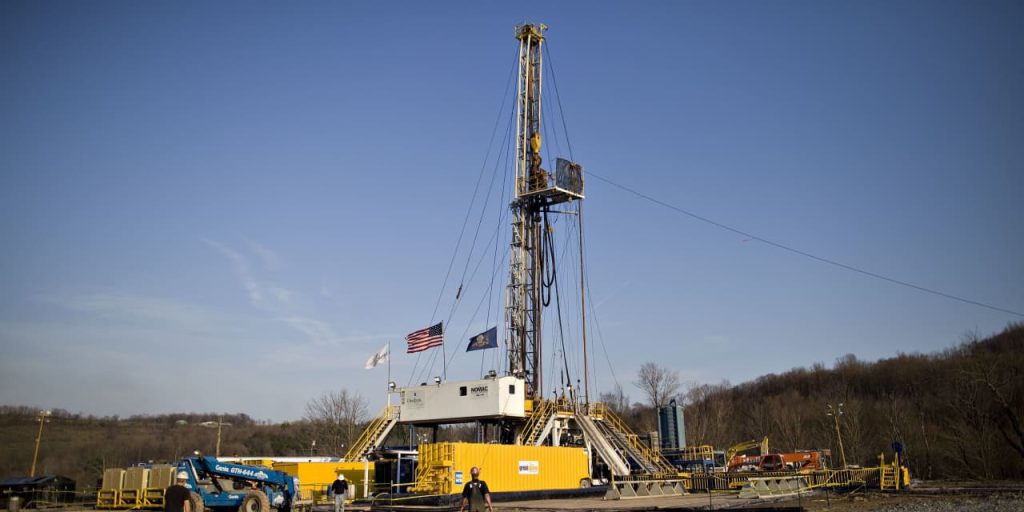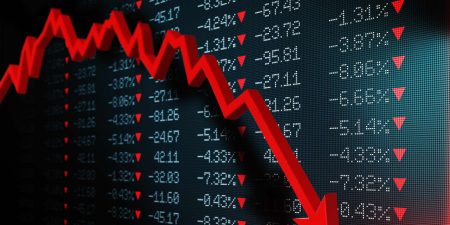Chesapeake Energy
and
Southwestern Energy
agreed to merge in a deal that will see the two companies become one of the largest natural gas producers in the U.S.
Chesapeake
and Southwestern, which have a combined market capitalization of $18 billion, announced the all-stock, $7.4 billion transaction on Thursday.
Wall Street appears to like the merger much more than other recent energy deals—including Chevron’s decision to buy Hess and
Exxon Mobil’s
acquisition of Pioneer Natural Resources.
Analysts say the merger could pave the way for Chesapeake to be included in the
S&P 500.
Jefferies analyst Lloyd Byrne says the combined company will be a “must own” stock as liquefied natural gas, or LNG, exports to Asia and Europe rise in the years ahead. Chesapeake drills in areas where it has relatively easy access to the Gulf Coast terminals where LNG is shipped.
Southwestern investors will receive 0.0867 a share of Chesapeake for each share of Southwestern they own, with the merger valuing Southwestern stock at $6.69. Once the deal closes, which is expected in the second quarter, the combined company will assume a new name. Some shareholders expressed optimism.
“As a significant shareholder of both companies, we are highly supportive of the merger,” said Mark Viviano, lead portfolio manger of Kimmeridge’s public investment team, in a statement. “It aligns with our long-standing framework for successful consolidation and is one of the few transactions in the sector where one plus one should turn out to be much greater than two.”
Chesapeake stock slipped 0.1% in premarket trading Thursday, implying an opening price of around $77. Shares of Southwestern dropped 3.8% to around $6.63, with declines coming after the stock closed at $6.89 on Wednesday.
The deal effectively discounts Southwestern stock by 3% from its latest levels—though it’s a slight premium to where Southwestern was trading before The Wall Street Journal reported on Friday that the two companies were discussing a transaction.
Based on the current net production levels of each company, the combined company should produce 7.9 billion cubic feet of gas a day. This should make the company, post merger, the largest natural gas producer in the U.S., beating rival
EQT.
“This powerful combination redefines the natural gas producer, forming the first U.S.-based independent that can truly compete on an international scale,” said Nick Dell’Osso, Chesapeake’s CEO, in a statement.
The companies said that annual operational and overhead synergies from the merger should clock in at $400 million. The combined group should see an improvement of some 20% to dividends per share over five years, the companies added, under Chesapeake’s existing shareholder return framework. Chesapeake’s dividend yield is currently 4.7%. Southwestern doesn’t pay a dividend.
While Southwestern stock was falling following the news, investors seem to be happier with Chesapeake—and the same may go for analysts.
Truist Securities raised its price target on Chesapeake—which it rates at Buy—to $121 from $106, noting the combined group’s position to lock in advantaged liquefied natural gas agreements as well as transportation and other contacts. There is also potential for additional mergers and acquisitions, analyst Bertrand Donnes wrote in a note Thursday.
“Not only do we think investors will reward Chesapeake shares in the near-term due to its size/scale, we remain optimistic that the pro forma company will see multiple expansion as slower to act investors learn to appreciate the now larger entity’s ideal position,” Donnes wrote.
Write to Jack Denton at jack.denton@barrons.com
Read the full article here















